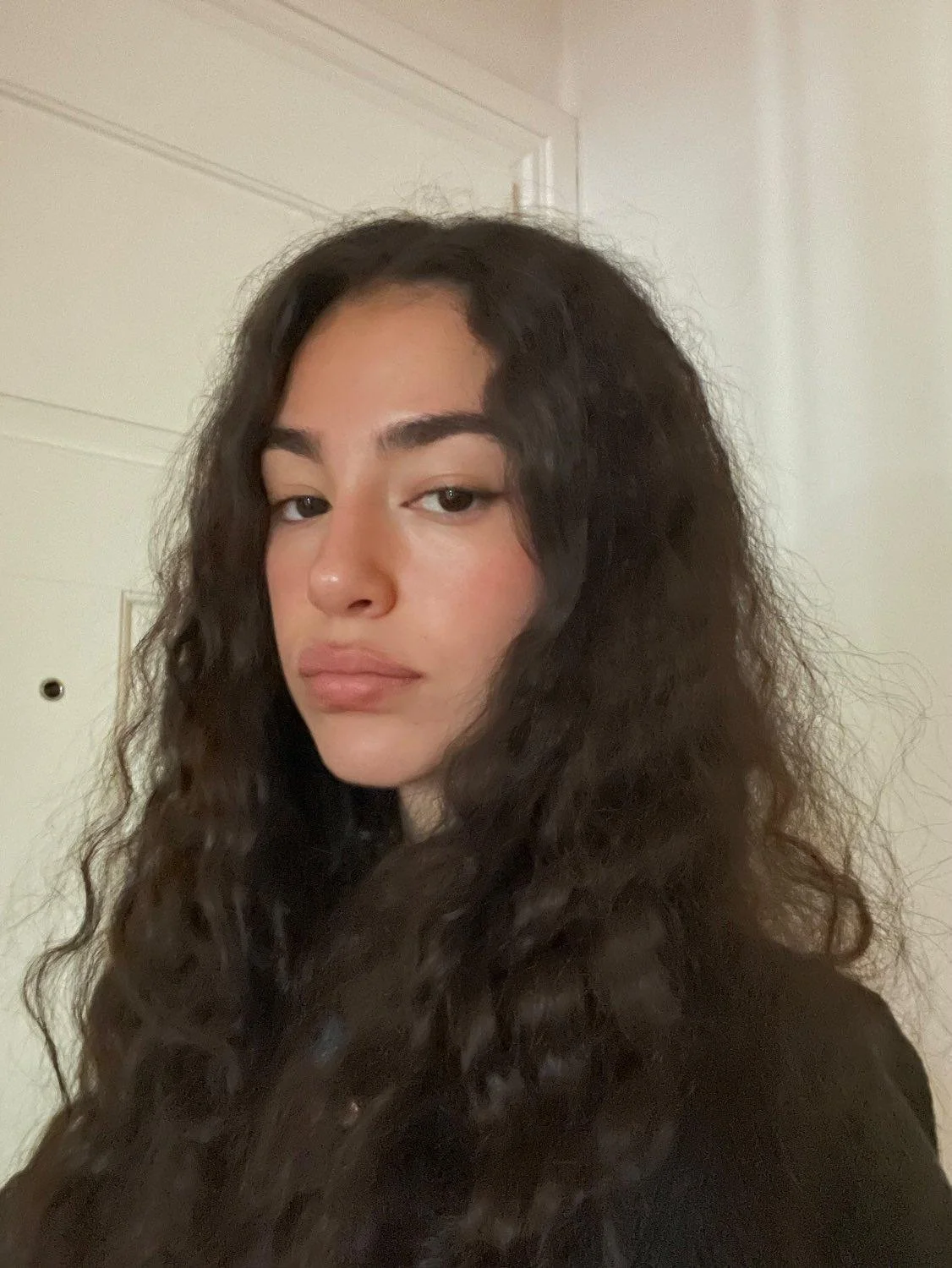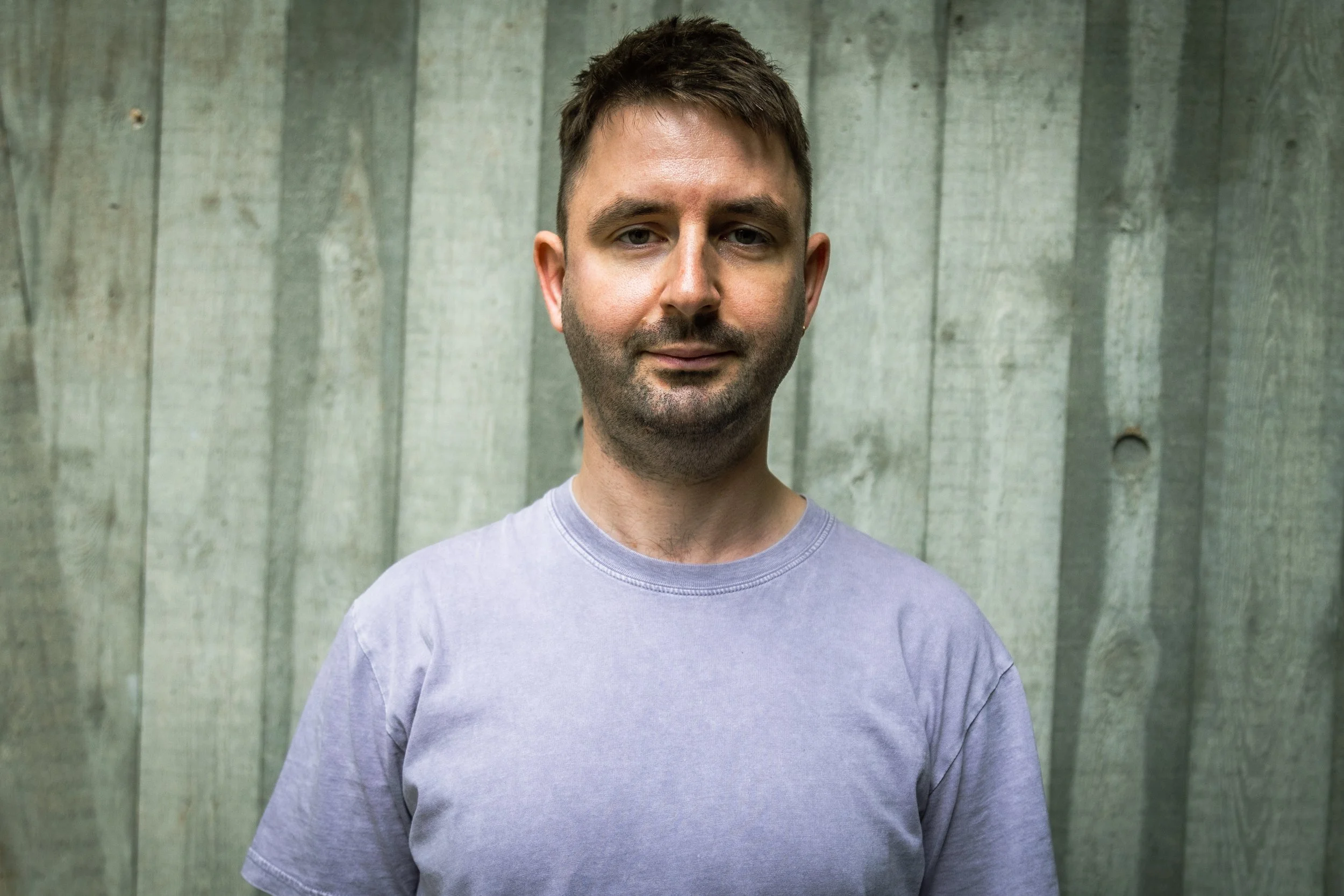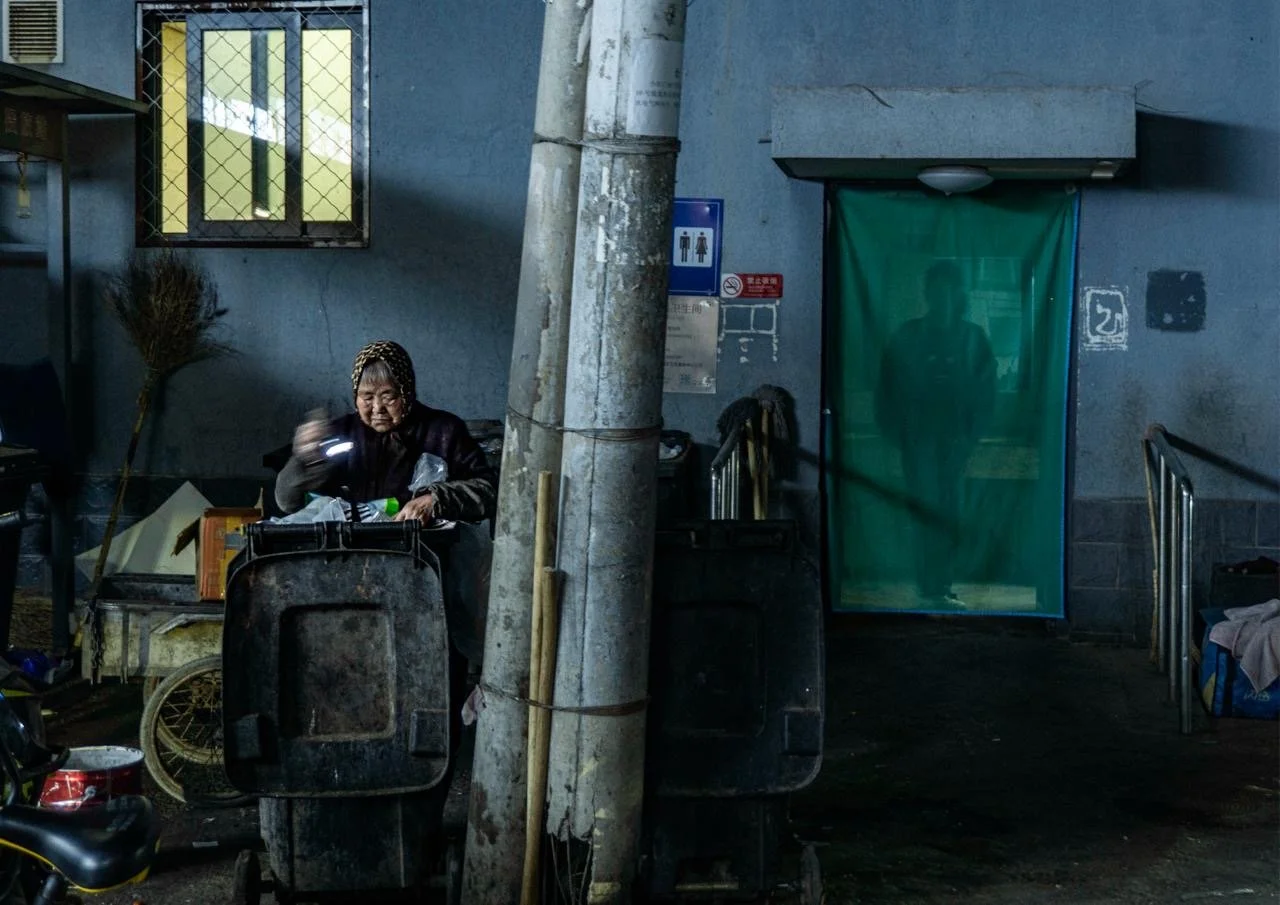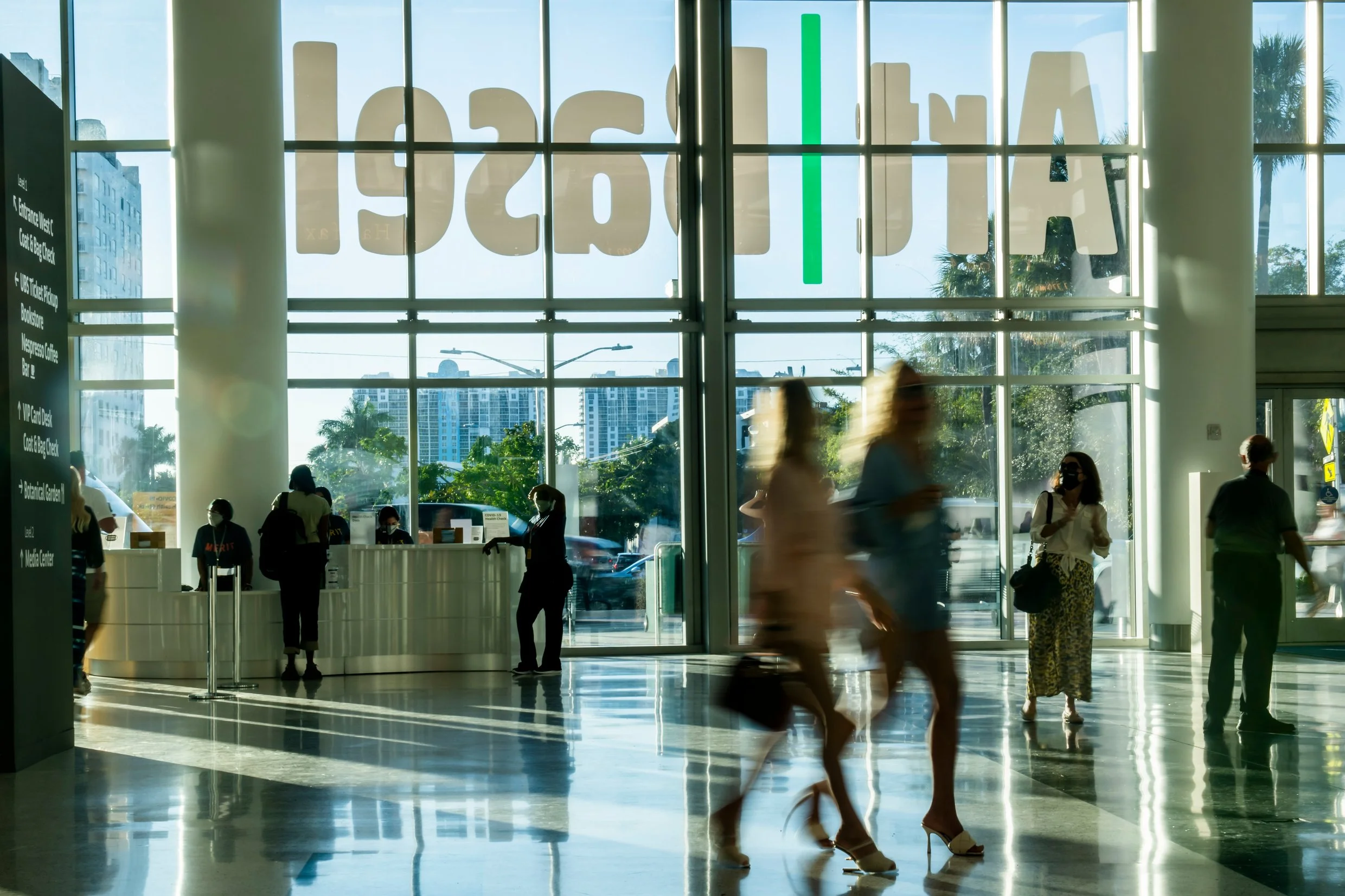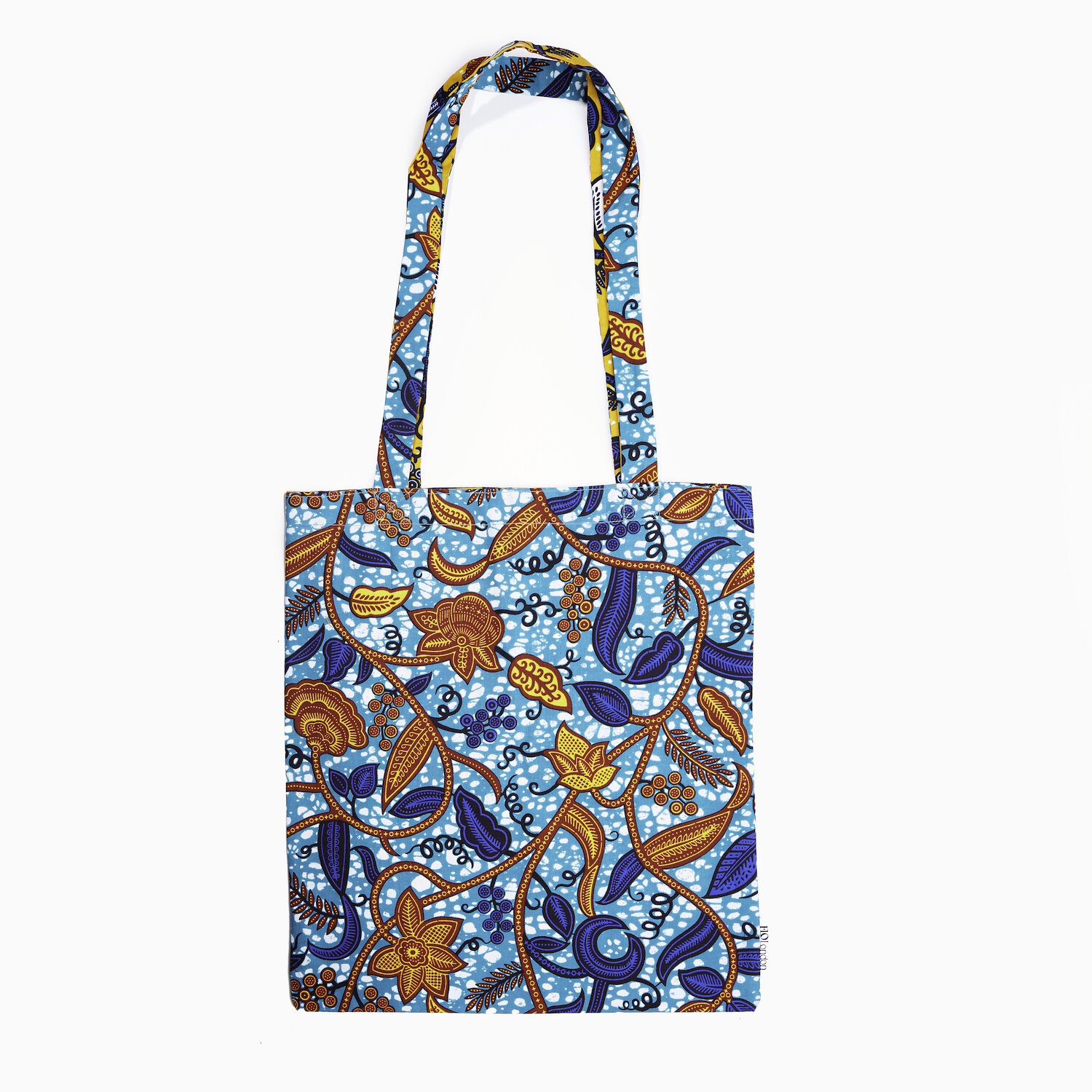In conversation with Kate Montgomery
“I think my work has evolved to equalise human drama/narrative with colour, pattern, design and narrative.”
- Kate Montgomery
Image: Kate Montgomery
Kate Montgomery graduated from the Royal College of Art in 1992. She produces small scale detailed paintings in casein (a traditional milk based paint similar to egg tempera). The construction of pictorial space and concern for colour and pattern demonstrating her long relationship with Moghul miniature painting and medieval cloisonne and illumination.
Kate lives on the south coast: sources for her paintings are found through walking in the Sussex countryside, running by the sea, and the interiors and gardens of Georgian and Victorian houses and museums in Brighton and Hove.
Her paintings often suggest interior spaces associated with female responsibility, creativity and desire – silent houses with children outside, workrooms…a costume gallery. Real time and space are avoided, permitting personal histories and fictions to be read.
How did your journey into art begin?
My parents decided not to have a television so I always made things - rag dolls in changing outfits, patchwork quilts and I drew and painted all the time mainly the landscape around the village and illustrated little books.
My village primary school in Oxfordshire was a bit of an educational test bed – so we did a lot of drawing, painting, printing, sewing and creative writing but not much maths.
I was pretty sure I wanted to be a painter at secondary school – when I did a foundation course in Art & Design, it was second nature to be painting all day (and most of the night), and this was sustained throughout BA at The Ruskin School of Art and MA at The Royal College of Art and onwards.
How would you characterise your artistic style? Is there a recognisable characteristic that sets it apart?
I think my style has evolved from a personal love of International Gothic book illuminations, architecture and the decorative arts of the middle ages. The saturated colour, stylised natural forms and mixed perspectival systems chimed with a new set of influences from the Mughul Empire which I was introduced to at the Royal College Art (RCA) and through going to the Victoria & Albert Museum (V&A).
What messages and themes do you aim to convey through your artwork, and how have they evolved over the years?
The themes behind my work are a combination of quite personal narratives with reference to myth and fairy tales. The guidance and inspiration for personal narrative is definitely a lot to do with magic realism – Allende, Carter, Marquez etc and the emergence of Paula Rego’s work in the 1980’s. Before her, I was rather made to feel that including elements of story telling in my painting was on bordering illustration and that did not sit well with my mostly modernist tutors at The Ruskin. Those hierarchies of Fine Art, Illustration and design are obviously antiquated and out of date now thank goodness.
I think my work has evolved to equalise human drama/narrative with colour, pattern, design and narrative. I have taught a lot of design history to design students and that is probably something to do with it.
Your upcoming exhibition, Pattern Book, will be showcased at Long & Ryle this month. Can you provide insights into the process behind the creation of Pattern Book?
Pattern Book is a collection of paintings made over the past two years. I have always drawn in sketchbooks, but lockdowns caused me to seek solace in drawing. Many of the drawings I made when we were able to go out again – of people on trains, on platforms, trees in parks and botanical gardens are inside these paintings.
The title of the show refers to the well thumbed collection of pattern design books piled up on my studio floor. From Owen Jones’ Grammar of Ornament to Eugene Grasset, Enid Marx and Margaret Calkin James. Versions of these patterned worlds of stylised plant forms and codified people find their way into the paintings through imagery of gardens, textiles and wallpapers.
What serves as the inspiration for your creative work?
I get lots of ideas from looking at imagery – written about, drawn and photographed by myself and other people. I collect and archive a lot of it on my laptop and draw from it quite casually at first. Then I look at the drawings and my mind rethinks re-evaluates and the creative process into paint gets going.
Image: Kate Montegomery
What kind of experience do you strive to create for visitors to your exhibitions?
I hope that visitors will look at the work and then relook. The paintings are structured to be quite visually complex, so they can be re visited, re read on different levels – for storytelling or evasion through oneiric spaces and/or the visual pleasure of pattern and colour.
Are there any past or present artists who serve as a source of inspiration for you?
I mentioned Paula Rego as very important. I am always interested in the domestic interior in art , so Vuillard and Bonnard’s compositions of almost trapped interiors in Paris – wall papers, textiles, human life are important. I like the quietness and simplicity of Gwen John’s interiors and the picture book celebration of my local Sussex landscape in Edward Ravilious’ work. Contemporary painter Shani Rys James’ paintings are always very compelling for her use of colour, paint and pattern combined with strong personal narrative.
Among your journey so far, what has been the most rewarding moment for you?
I have worked with lots of lovely gallery people over the years: being contacted by Sarah Long and Carolyn Ryle in 2017 was amazing! I was given the opportunity to show in London again, after spending a lot of time combining painting with parenting and teaching. It is amazing when people have faith in what you do, for hours, by yourself.
Throughout your career, what has been the most significant lesson you've learned about yourself, your abilities, or life in general?
As a teenager and on BA, my early thinking about creativity was very much about the power and value of following instinct and inspiration. And while these are gifts, they are not to be solely relied on, nor do they need a special environment to flourish. At the RCA I learned much more of the value of planning, design, thinking through and adjusting. While a ‘room of one’s own’ might be the best place to encourage thinking and making, both can happen in less optimal conditions. Being an artist mother has made me tenacious and protective of even a 20 minute opportunity to do something of mine away from teaching and parenting.
What is the best advice you have ever received, and how has it influenced your artistic journey?
‘Make art your best friend’ was something said to me at art school. For me this is true. Going to look at painting in galleries calms me down and pushes me to think about and develop my own work critically. Mostly, painting is my best but demanding friend, always there, always wanting my time and thoughts, waiting for me to return, keeping me up at night.
Who is Kate Montgomery outside of the ‘office’?
I am not very keen on being outside my studio and most of my interests are aesthetic and/or cultural – reading contemporary poetry, reading about fashion with swimming in the sea and walking on the Sussex Downs.
Website: katemontgomery.co.uk
Instagram: @katemontgomerypainter
Kate Montgomery's exhibition 'Pattern Book', which explores her skillful intertwining of geometric principles and Victorian designs, is currently on display at Long & Ryle until 27 July 2023.



